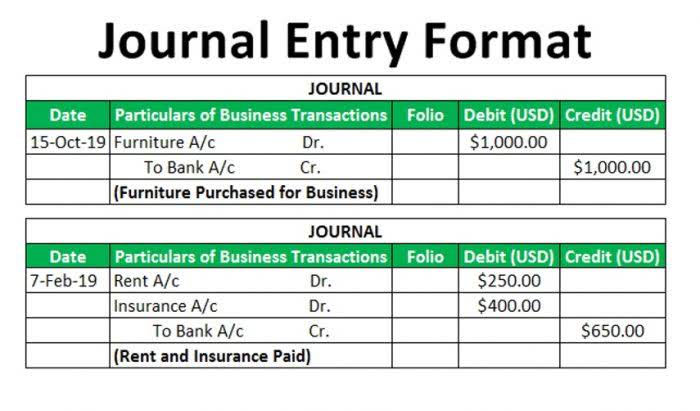Construction accounting methods 101: Accrual, cash basis, and revenue recognition
by baraknew

Generally, it is preferred to other methods because income recognition and the related tax are postponed until the contract is completed. When there is uncertainty around project completion or payment, the CCM protects against a construction company having to recognize and pay tax on income that it may not receive. Completed contract method is an approach used for construction contract accounting in which the revenue is recognized only when the contract is 100% complete. However, even the completed contract method does not defer recognition of related costs and expenses. This method requires contractors to use a separate, dedicated balance sheet to record their expenses and revenues. Once the project is finished, the billings and costs will be pushed to their https://www.bookstime.com/articles/what-are-current-assets income statement.
- The completed contract method does not require the recording of revenue and expenses on an accrued basis.
- If your construction company isn’t careful, however, this technique can backfire.
- Accounting periods in the context of CCM are normally monthly, with closure and recognition of revenue and costs occurring at month-end.
- If the company is expecting tax breaks, those will also be deferred until the end of the contract.
- Total revenue and total gross profit recorded under both the methods are same.
- Still, even with these risks, the completed contract method is the most conservative accounting method for companies working on long-term contracts.
- Virtually every public company follows GAAP, including most construction companies, contracting businesses, or independent contractors that release financial statements.
How to Calculate Profit and Loss on Contracts FAQs

The two revenue recognition methods are commonly seen in construction companies, engineering companies, and other businesses that mainly generate revenue on long-term contracts for projects. This method is generally the required method for financial reporting purposes for larger construction companies for long-term contracts, as it is the primary method used under GAAP. The percentage of completion method matches revenue from long-term contracts with their respective costs, calculating estimated revenue and gross profit at various stages of construction. For example, let’s say you won a contract to build a fence with a total contract price of $5,000 with net-60 payment terms. If you complete the fence in July, you’ll record $5,000 in revenue in July because that’s when you earned that revenue.
What are the two fundamental accounting methods?

The percentage of completion method allows for the recognition of revenues, expenses, and taxes during the period that a contract is being executed. Through frequent reporting, percentage reporting reduces the risk of fluctuations while affording tax deferral benefits. If a project won’t be completed until the following year, the company won’t have to pay tax on that revenue this year. The completed contract method is a rule for recording both income and expenses from a project only once the entire project is complete.

What is Overbilling? Construction Industry Accounting
From an optics perspective, this can make a company’s revenue and profitability appear inconsistent to outside investors. For example, if a company needs to apply for credit from a bank, it may be challenging to prove how much revenue the company generates using the completed contract method. Let’s assume you pay for all the materials, build the fence, and receive payment in cash, all within the same day. Under cash basis accounting, you will record the $2,000 in revenue and $1,000 in expenses for this job on the same day. In effect, unpaid bills or future payments are only recognized when those funds physically transfer hands. Under cash basis accounting, you’ll have to report that income in the earlier year to reflect when that transaction took place.
- Don’t feel like you need to do it alone, let one of Corrigan Krause’s construction experts help you build success and a great future.
- Our work has been directly cited by organizations including Entrepreneur, Business Insider, Investopedia, Forbes, CNBC, and many others.
- It may be great to defer revenue from a tax standpoint, but this can pose a challenge for a company seeking financing, bonding or a potential investor.
- This is because instead of looking at contract completion, ASC 606 looks at the completion of performance obligations.
- However, your entries will have an absence of revenue or gross profit recognition during the time the contract project is ongoing.
What is your current financial priority?
If the company expects a loss on the contract, it will be recognized when such an expectation arises. Therefore, the company should realize the same before the end of the contract period. A contract is assumed to be complete when the remaining costs and risks are insignificant. Finally, when assessing and choosing revenue recognition methods, contractors should consult with their construction-specific CPA. Therefore, during construction progress, Jones Realty doesn’t gain anything from the work done. Under the contract, they pay Build-It periodically for progress completed, but there’s no transfer of control yet.
As such, it is considered that both the buyer and the seller have enforceable rights. The buyer carries the right to implement specific performance requirements in the contract while the seller has the right to ask for payments based on fulfilling these requirements. You must trust that vendors, suppliers, general contractors, and project owners will pay their debts on time and in full. This can make it unsuitable for small or young businesses that face a lot of uncertainty. Tax liabilities alongside long-term business goals must be part of your considerations when choosing a revenue https://www.facebook.com/BooksTimeInc/ recognition method. Your company may be running a contract with more than one performance obligation, and revenue is recognized when the transfer of control happens.
The Completed-Contract Method for Contracts
It’s like having a trusty GPS system completed contract method formula guiding you through the project–you’ll always know where you stand. For another example, we imagine a contract with a total value of $1,000,000, which spans a three year period. Using the following calculations, you can determine revenue to date, cost to date, and the percent of completion at the end of each year. They are then used to assess progress and determine all subsequent payments matching the completed work. But even if you fall under this threshold, most trades are far too complex to get by using the cash basis method.
If my company, Scribe Construction, enters into a contract in august 2020 for $100,000, I expect to complete it in July 2021. Using the completed contract method, I won’t declare my costs of $75,000 and a profit of $25,000 until 2021. You may use cash basis as your overall method of accounting and use CCM as a specialized method of accounting for your long-term contracts.
Recommended Posts
Accounting and Consulting Services for Wineries, Vineyards
April 12, 2024
Adjusted Trial Balance What Is It, Example, Accounting, Purpose
February 12, 2024
A guide to startup costs for a business
October 13, 2023


